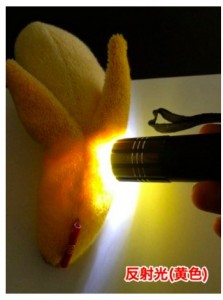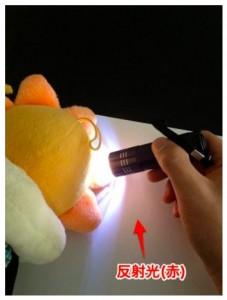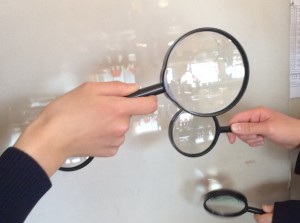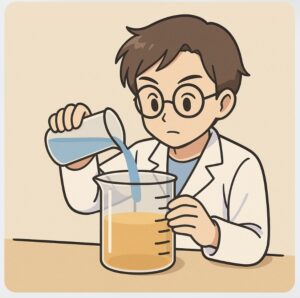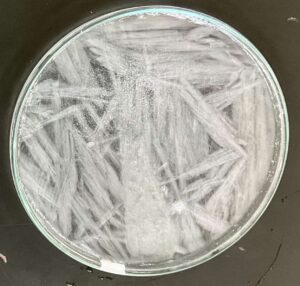Why Do Bananas Look Yellow? Unveiling the Secrets of Light and Diffuse Reflection at Home
I’m Ken Kuwako, a science trainer. Every day is an experiment!
You can see your face clearly when you look in a mirror, but when you look at the desk or wall in front of you, nothing is reflected back… Ever wondered why? 🤔 The secret to how we “see” the world isn’t a mirror’s shiny reflection at all. It’s actually hidden in a phenomenon that seems quite ordinary: “diffuse reflection.” In school science classes, this concept often gets overshadowed by the “Law of Reflection,” but it’s the real star that makes our world so colorful and three-dimensional. So, let’s grab some simple household items and explore the magic of light together!
First, a Color Perception Quiz!
No matter how vibrant something is, in a dark room without light, you can’t see it—it’s just a black shadow. To “see” something, you always need light. So, here’s a question for you.
Q: You’re in a completely dark room. You shine a flashlight on a single banana. Then, you shine the light that bounces off the banana onto a plain white piece of paper. What color will the paper be illuminated with?
A: Here’s a video of me actually doing the experiment!
That’s right, the answer is “yellow.”
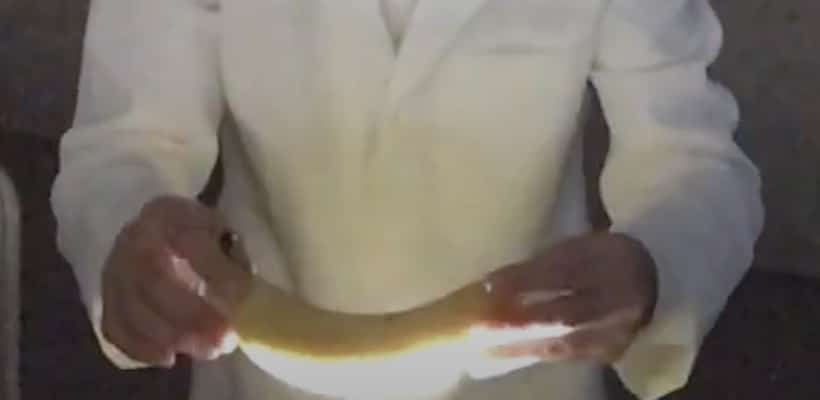
Go ahead and try this at home with a banana, an apple, or a bell pepper (I just happen to love bananas, but any object will do!). At the heart of this phenomenon is a very important concept called “diffuse reflection,” which is fundamental to how we see the world. Today, we’re going to take a closer look at this fascinating star of the show.
The World of Mirrors vs. Our World: How Does Light Travel Differently?
First, let’s review the familiar “Law of Reflection.” When light hits a smooth surface like a mirror, it bounces off at the exact same angle it hit, traveling in just one specific direction. This is called “specular reflection.” You probably learned this famous law in your science classes.
Angle of incidence = Angle of reflection
Following this law, light behaves like perfectly aligned soldiers, all marching beautifully in the same direction.
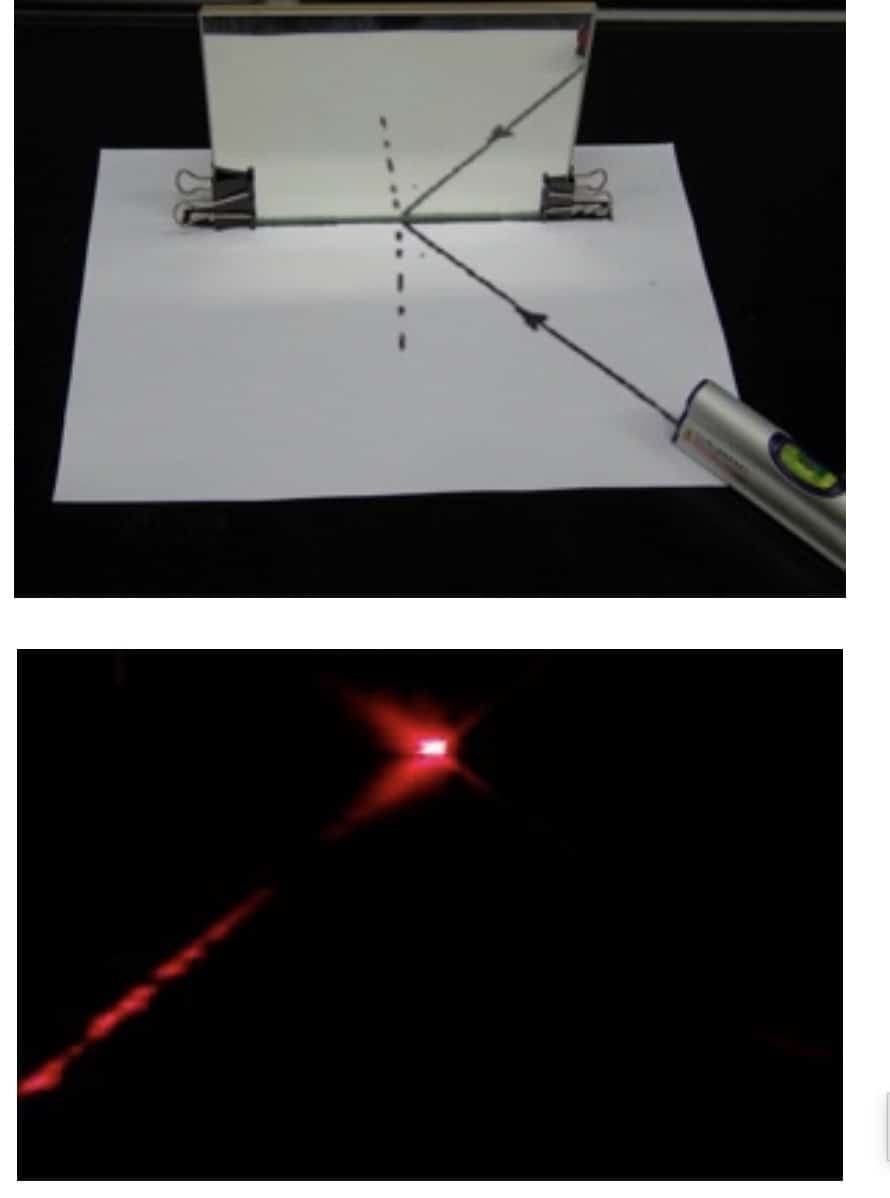
However, when light hits an ordinary object that isn’t a mirror—like your hand or the desk you’re reading this on—it scatters in all directions. This is “diffuse reflection.” But here’s where science gets really cool! Even in diffuse reflection, if you were to zoom in to a microscopic level, each individual ray of light still perfectly obeys the “Angle of incidence = Angle of reflection” law. It’s just that the surface of the object is bumpy and uneven on a level we can’t see, so each ray of light bounces off in a different direction. As a result, the light appears to scatter in all directions.
Science Recipe #1: Use a Laser to “See” the Magic!
So, how important is diffuse reflection to how we see objects? Let’s try an experiment to find out.
What you’ll need:
- A laser pointer
- Aluminum foil
- A stuffed animal or any other object you like
- A white sheet of paper
Instructions:
- Lay the white paper down, and then place a sheet of crumpled-up aluminum foil on top of it, gently smoothed out. This crumpled foil will act as our model for a microscopically bumpy surface.
- Darken the room and shine your laser pointer onto the aluminum foil.
What do you see? If the surface were perfectly smooth, the light would reflect at just a single point. But when you shine it on the crumpled foil, doesn’t the laser light “diffuse” and illuminate a wide area, making the entire surface glow?
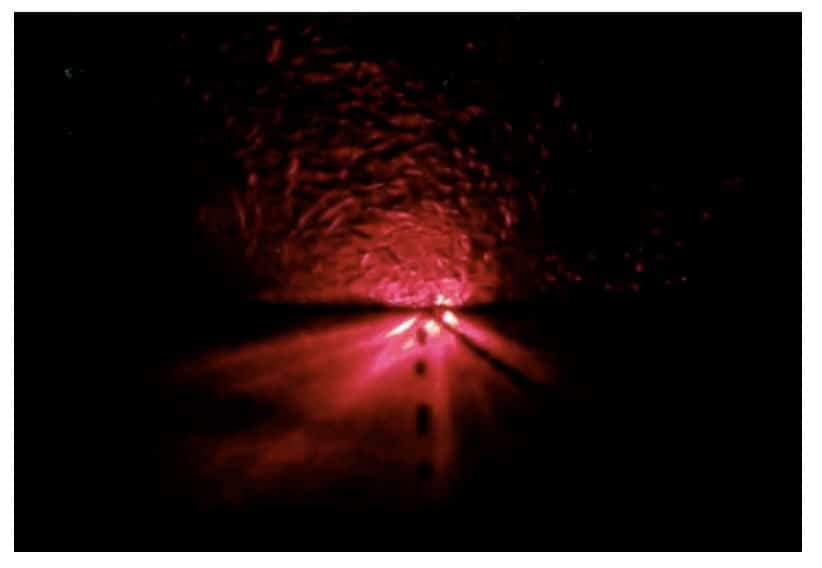
This is the power of diffuse reflection. Because light scatters in every direction, our eyes can receive light from any angle, allowing us to perceive an object’s shape and recognize that it’s “there.” If everything in the world only had specular reflection like a mirror, we’d only be able to see objects from certain angles… it would be a very strange world indeed! It’s thanks to diffuse reflection that we can see objects so easily.
Science Recipe #2: Uncover the Secret of Color!
So, we now know that diffuse reflection helps us perceive “shape.” But what about “color,” like in our quiz at the beginning? Let’s get to the bottom of the mystery of color with our next experiment.
Instructions:
- Darken the room again.
- Get a flashlight or another white light source and shine it on a colorful stuffed animal.
- Observe the color of the light that bounces off the object.
For example, let’s shine the light on a stuffed banana. You can’t see it in the dark, but when you shine the light on it, the reflected light is—of course—yellow!
Why does this happen? The “white light” from the sun or a flashlight is actually like a “set of light paints.” It’s a mixture of all the colors of the rainbow (red, orange, yellow, green, blue, indigo, violet). The banana’s skin absorbs all the other colors of light from the white light and diffusely reflects only the yellow light back to our eyes. That’s why it looks yellow to us!
What if we shine the light on the red part of this sun doll’s head?
Of course, the reflected light is red. This is because that red section absorbs all colors of light except for red, which it diffusely reflects back to our eyes. It might seem obvious, but our ability to perceive an object’s “shape” and “color” is all thanks to the phenomenon of diffuse reflection.
By the way, movie theater screens are white to take full advantage of diffuse reflection. The screen is made of a special material that evenly scatters light in all directions so that no matter where you’re sitting, you can see the movie clearly. Our daily lives are truly supported by diffuse reflection!
Even the camera you use creates an image by gathering light that has been diffusely reflected by an object.
From now on, when you see a flower on the side of the road or a vegetable on your dinner table, try to imagine the “great light dance” happening on its surface. Isn’t it exciting to think that our everyday lives are filled with such interesting science? Try experiencing the magic of light at home! ✨
Contact and Requests
Let’s make science and its wonders more accessible! I’ve put together some easy-to-understand explanations and tips for fun science experiments you can do at home. Feel free to search around!
・About Ken Kuwako: Click here
・For various requests (writing, lectures, experiment workshops, TV supervision, appearances, etc.): Click here
・Updates on my articles are available on X!
![]() The Science Fun Channel has tons of exciting experiment videos!
The Science Fun Channel has tons of exciting experiment videos!

